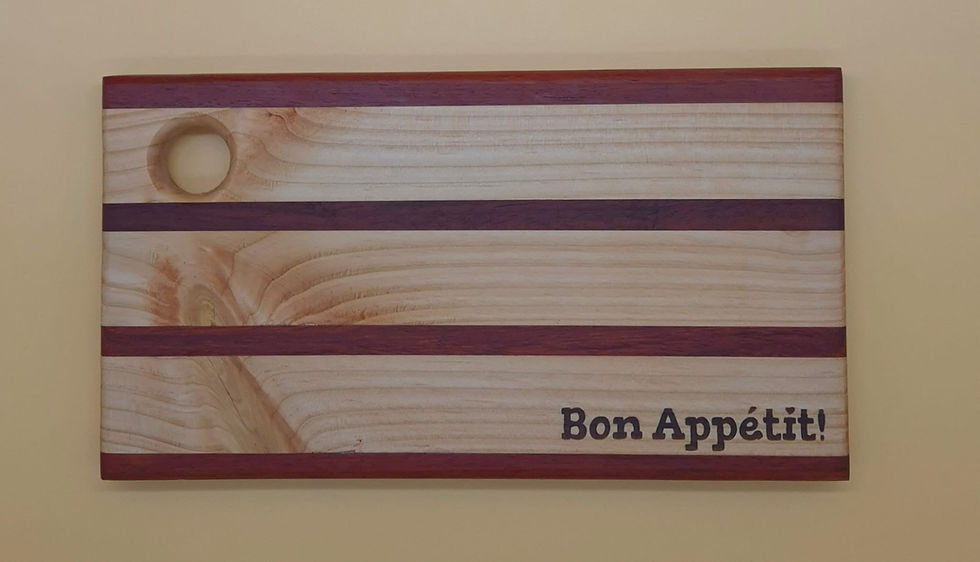Whether you plan working with existing furniture and fabrics or like to “start from scratch” with an empty room, you should always use the elements and principles of design as guidelines in choosing everything. The elements are your tools or raw materials, much like paints are the basics to a painter. The elements of design include space, line, form, color, and texture. The principles of design relate to how you put those elements to use.
Element #1: Space
Space defines the boundaries on the functional and decorative things you are able to do. Usually you will not determine the space; instead, you will have to deals with the space you have.

Element #2: Line
The lines in a room are the most important aspect next to color when it comes down to creating a certain mood. The lines of window fashions should support the dominant line of the room. In most situations, the dominant line is straight (vertical, horizontal or diagonal) rather than curved. The direction of lines you decide to go with will determine the mood you create.
• Vertical lines add height and dignity, creating a more formal atmosphere.
• Horizontal lines tend to create a restful, informal feeling.
• Diagonal lines attract attention and lead the eye.
• Curved lines add a softening effect and keep the room from becoming too stiff.

Element #3: Form
Lines join together to produce the form, or shape, of an object, which in turn has an impact on the overall feeling of a room. Straight lines create rectangles, squares and triangles. Curved lines form ovals and circles. The rectangle is the most popular form and often becomes the dominant shape in a room.
Element #4: Color
More than any other element, color has the ability to make a room beautiful. Color can set the mood. It can make a room warmer or cooler, larger or smaller. It can make unsightly features invisible or call attention to the center of interest.
Element #5: Texture
Texture is playing a role in home decorating that gets more and more important. Visual texture is a material’s apparent smooth or rough material. To maintain and enhance a casual feeling, you can use fabrics that are textured more heavily, nubby or rough visual texture. Smooth, shiny surfaces such as silk, moiré, chintz and silk-like looks develop a more formal feeling in a room. The use of several levels of complementary textures adds variety and maintains interest.
ATC for another idea of housing
Would you like to support ATC for more sustainable consumption patterns? Take part of the 1 reservation = 1 tree planted program, book here and share:
Did you like this article? Register now and for free to be informed of new and up-to-date news articles.





















